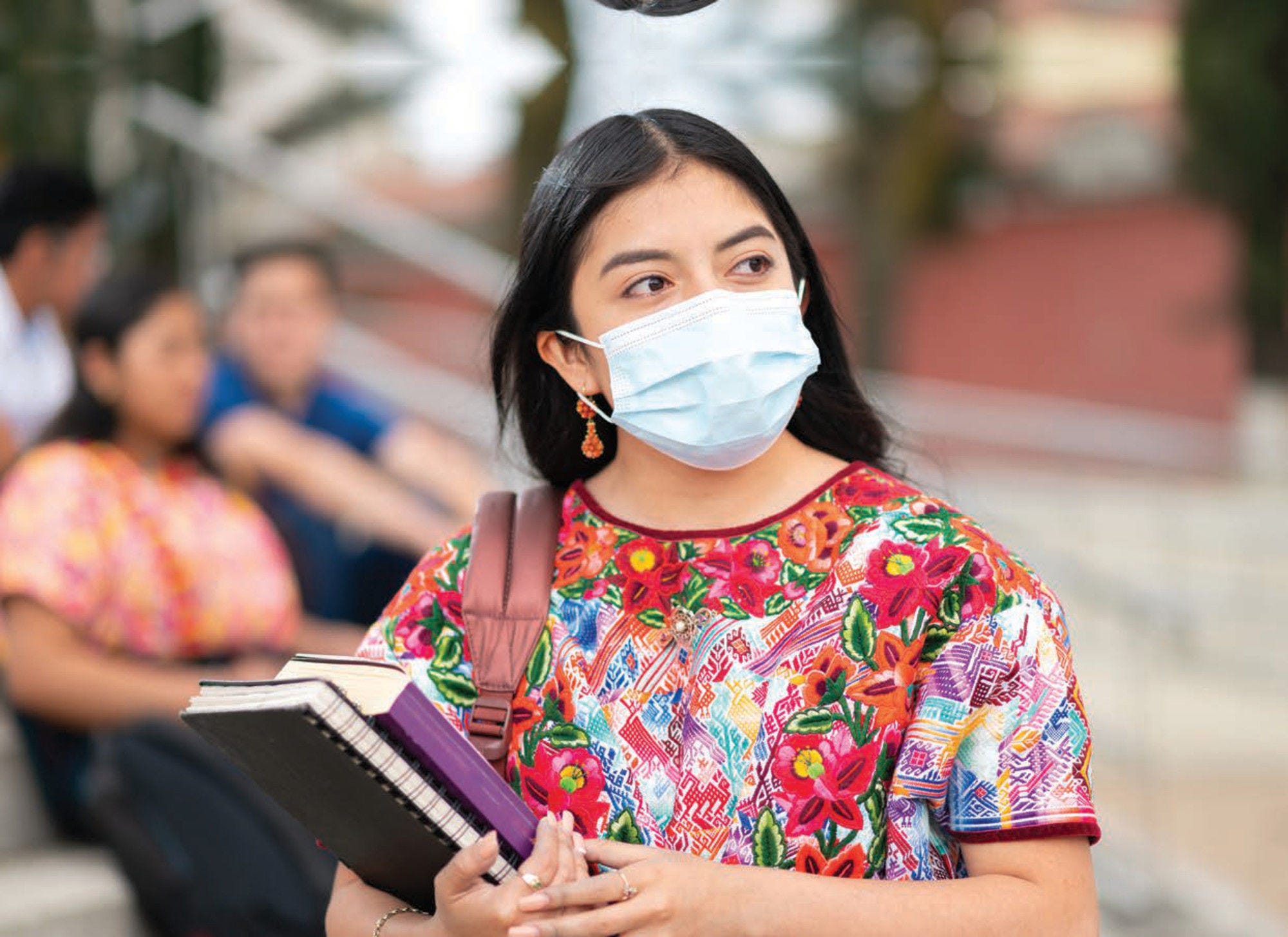Overweight and obesity are major public health concerns as the global epidemic has far-reaching consequences for individuals, society, and the economy. Obesity is an established risk factor for numerous health conditions, including hypertension, high cholesterol, diabetes, cardiovascular disease, respiratory problems, skeletal diseases, and some forms of cancer, and mortality also increases progressively once the overweight threshold is crossed. Therefore, obesity and overweight reduce life expectancy, increases healthcare costs, decreases workers’ productivity, and lowers countries’ GDP (OECD, 2019[1]). In 2019, 38.2 million children under age 5 were overweight or obese; while over 340 million children and adolescents aged 5‑19 were overweight or obese (WHO, 2021[2]).
In LAC countries, mean BMI for both genders have increased in the 2000‑17 period for residents of urban settings. Male BMI went up from 25.4 in 2000 to 26.9 in 2017, while female BMI increased from 26.8 to 28.3 in the same period. Figures for both genders are higher than the OECD averages at 26.8 for males in 2017 and 25.8 for females. In LAC, mean BMI for females that are residents in urban settings is higher than the one for males, which is not the case for the average of OECD countries. LAC averages are approaching the threshold for a person to be considered obese (BMI of 30 or higher). Saint Kitts and Nevis, Saint Lucia, and Belize are the LAC countries with the highest averages of mean BMI for both genders, while Cuba and Haiti have the lowest averages and are the only two countries in the region below the average for both genders from the OECD (Figure 4.12).
When observing the patterns by gender and residential area, we observe how mean BMI in LAC is increasing at a faster rate for women than for men, widening the gap from 1990 to 2017, and especially in rural settings. On OECD countries this gap has also widened albeit at a slower pace, and the mean BMI for males is higher in both urban and rural settings, while the contrary is true for LAC countries (Figure 4.13 and Figure 4.14). In LAC countries, this increase in mean BMI seems to be particularly marked in countries from the Caribbean.
Social determinants of health such as poverty, inadequate water and sanitation, and inequitable access to education and health services underlie malnutrition. A key driver of the increasing obesity epidemic is a changing food environment, in which nutrient poor and energy dense processed foods are aggressively marketed, readily available and often cheaper than healthier alternatives. Countries such as Mexico, Chile, Peru, Brazil, Uruguay and Ecuador, have managed to develop some policies related to taxing sugar sweetened beverages and front-of-package labelling, along with regulating food advertising to children. These efforts can be complemented with policies such as menu labelling, workplace anti-sedentary interventions and mass media campaigns, as not only they are effective but also have a positive return on investment (OECD, 2019[1]).



